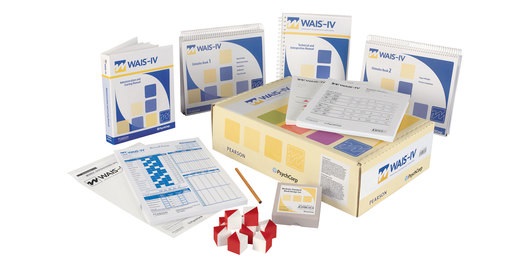The Wechsler IQ test is a test that helps to measure cognitive abilities and intelligence. It has evolved over time, but the original Wechsler Intelligence Scales were developed by Dr. David Wechsler in 1939. It was initially called the Wechsler Bellevue Intelligence Scale, but it was revised 15 years later and renamed the Wechsler Adult Intelligence Scale (WAIS).
Wechsler was a Romanian-American psychologist who was born on Jan 12, 1896, in Romania. His family relocated to the USA in New York when he was just a boy. He earned a Master's Degree from Columbia University in 1917. By 1925, he had completed a Ph.D. It was Robert S. Woodworth who first took a chance on the young psychologist. Woodworth was high up in the United States Army, and he was overwhelmed by the number of soldiers that were experiencing psychological issues after the war. Working alongside Charles Spearman and Karl Pearson, Wechsler developed testing to help the army screen new draftees. However, things took a very different turn.
Dr. Wechsler realized that existing intelligence tests for adults were merely adaptations of testing used for children. As such, they had little validity for adults. For this reason, he dedicated himself to creating a dedicated intelligence test for adults.
His initial test was the Wechsler-Bellevue Intelligence Scale. Over time the test evolved into three separate versions used for different age groups. The Wechsler Adult Intelligence Scale (WAIS) is used for adults, while the Wechsler Intelligence Scale for Children (WISC) is used for children between the ages of 6 and 16. The Wechsler Preschool and Primary Scale of Intelligence (WPPSI) is used for children between the ages of 4 and 6.5. In some cases of intellectual disabilities, the WISC may be used to help clinicians understand the individual's lowest level of knowledge.
